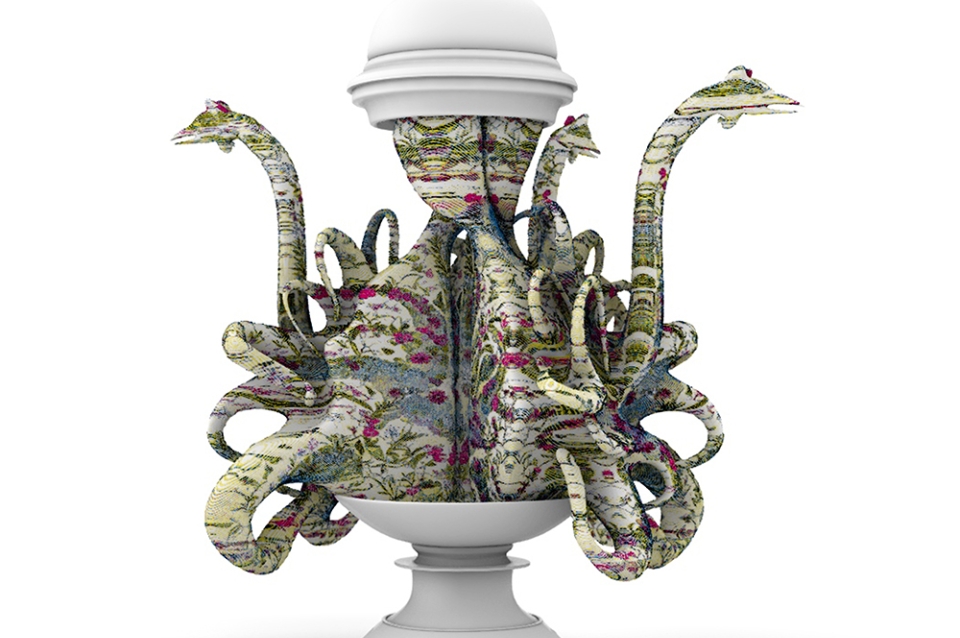October 8, 2018
Future Architects Find Inspiration in Dutch Still-Life Painting
By Lauren Hertzler

Miguel Abaunza and Insung Hwang’s design for Parafictional Objects, a graduate architecture seminar taught by Kutan Ayata

 View Slideshow
View Slideshow
